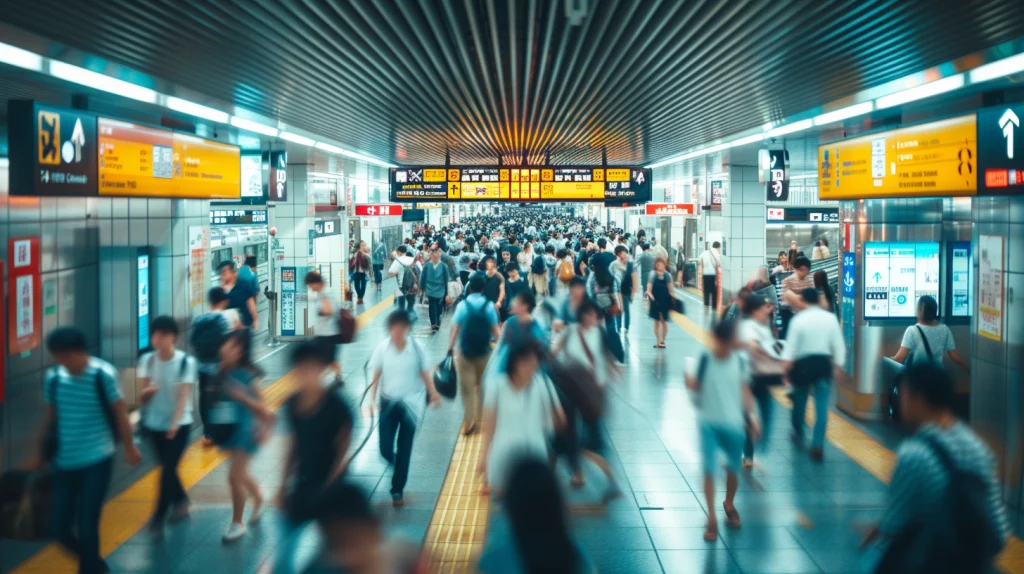Navigating Tokyo’s public transport system is akin to mastering an art form. It’s vast, efficient, and can seem daunting at first glance. But, with a few insider tips, you’ll be moving through the city as seamlessly as the locals do. Let’s dive into how you can navigate Tokyo’s public transport like a pro.

Navigate Tokyo's Public Transport
First and foremost, get yourself a Pasmo or Suica card. These prepaid, rechargeable cards are your keys to the city, allowing you to tap in and out of almost all trains, buses, and even some taxis in Tokyo. They’re available at ticket machines in most stations and save you the hassle of buying single journey tickets. Plus, they can also be used for small purchases at convenience stores and vending machines. For a detailed guide on using these cards, including how to purchase and top them up, you might find the information on Coco Tran’s blog and Truly Tokyo helpful.
Understanding the System
okyo’s public transport is a network of JR East trains, private railway lines, subways, and buses. The JR Yamanote Line is your golden circle, connecting major city centres and tourist attractions. Think of it as your main artery, from which you can branch out to explore deeper. The Tokyo Metro and Toei Subway lines fill in the gaps, covering areas not accessible by JR trains. A good map app on your smartphone, such as Google Maps or Citymapper, is invaluable for planning your routes and getting real-time updates.
Timing can significantly impact your experience. Rush hours in Tokyo (roughly 7:30-9:30 AM and 5:00-7:00 PM on weekdays) are famous worldwide for their intensity. If you can, avoid travelling during these times. Not only will your journey be more comfortable, but you’ll also get to your destination faster.


Stations and Transfers
Station names are displayed in both Japanese and English, making navigation relatively straightforward. However, transferring between lines, especially in massive stations like Shinjuku or Tokyo, can be a mini-adventure of its own. Follow the colour-coded signs, and if in doubt, don’t hesitate to ask station staff for help. They’re incredibly helpful and often speak enough English to guide you in the right direction.
Understanding and respecting local etiquette will enhance your experience. On escalators, stand on the left and pass on the right. When on a train, it’s customary to keep noise to a minimum, so mute your phone and avoid loud conversations. Lastly, queues for trains are orderly and precise; find the marked lines on the platform and line up.
Navigating Tokyo’s public transport is more than just a means to an end; it’s a journey through the heart of the city’s culture and daily life. You’ll see salarymen rushing to work, students in their uniforms, and families on their day out. Each train ride offers a window into the life of the city.
Navigating Tokyo’s public transport may seem daunting at first, but it’s incredibly rewarding once you get the hang of it. It’s efficient, reliable, and the best way to explore the city’s diverse neighbourhoods. With a bit of preparation and these tips, you’ll be navigating Tokyo’s public transport like a pro in no time. Happy travels!

Thanks for sharing. I read many of your blog posts, cool, your blog is very good.